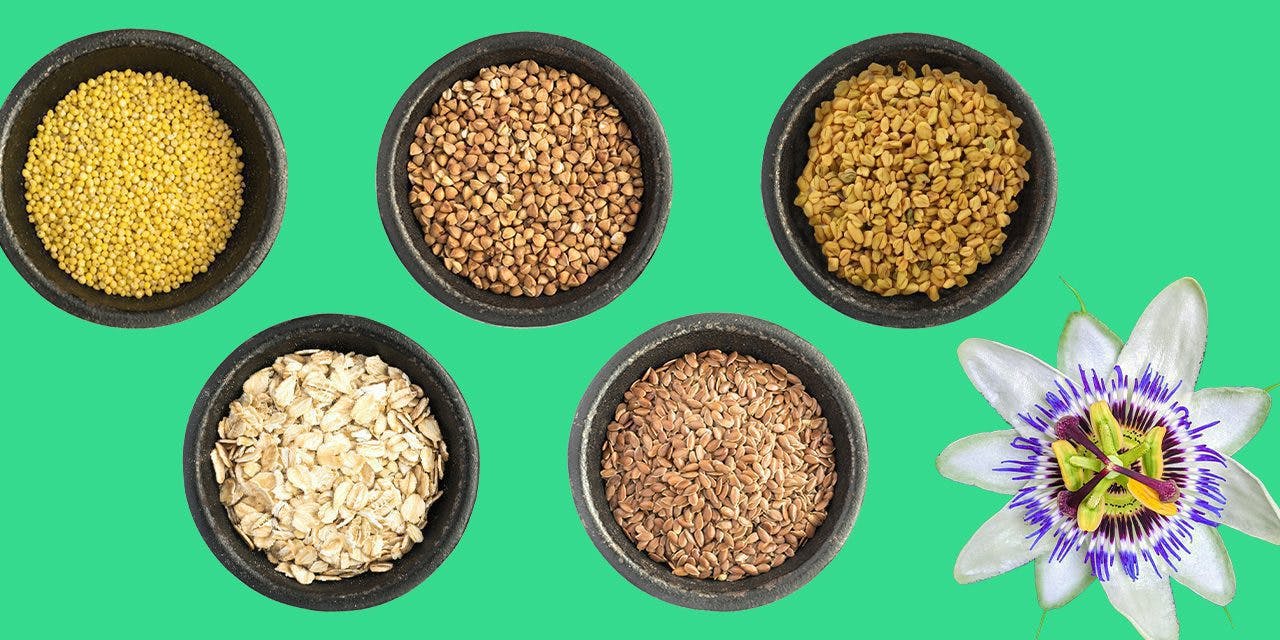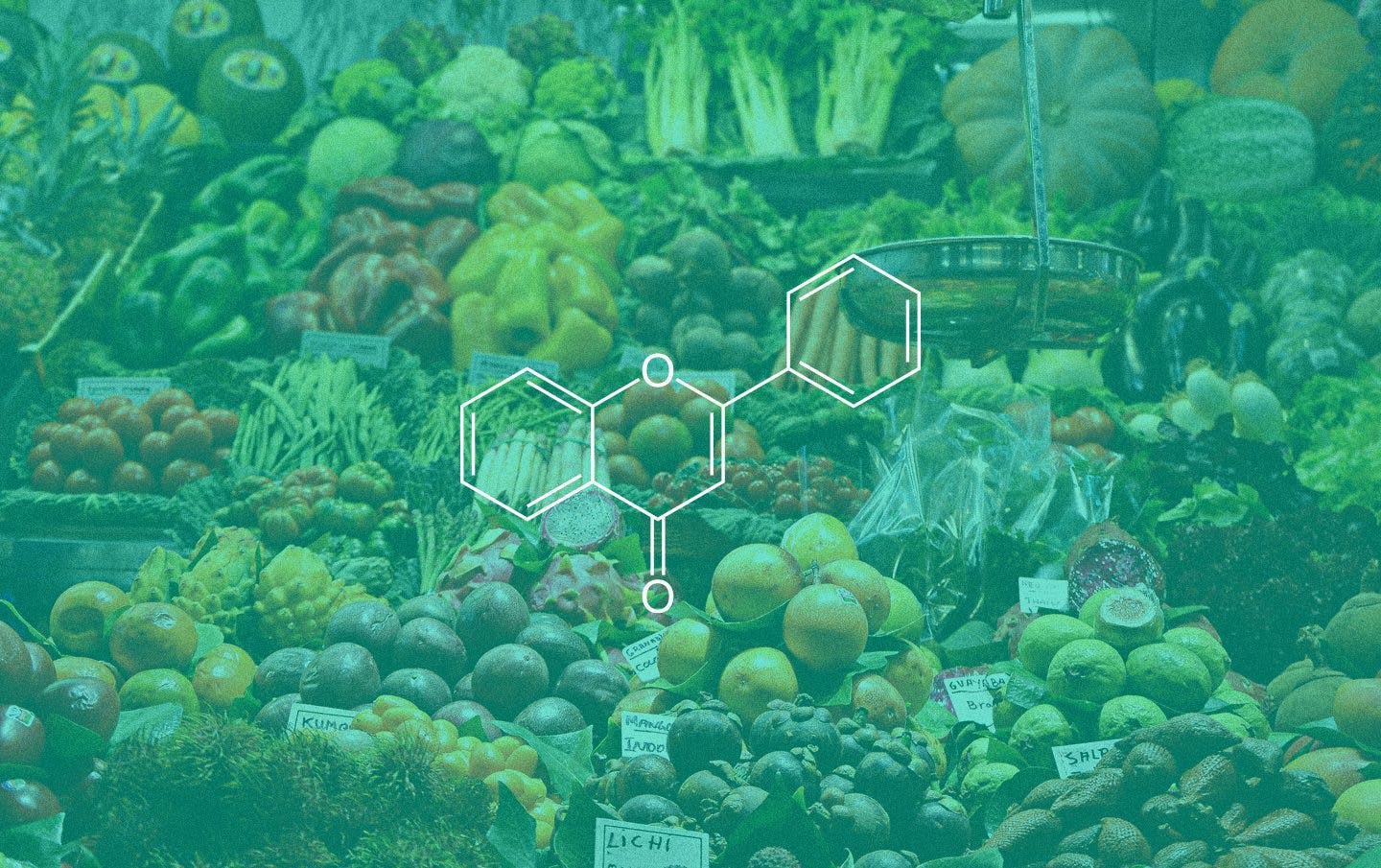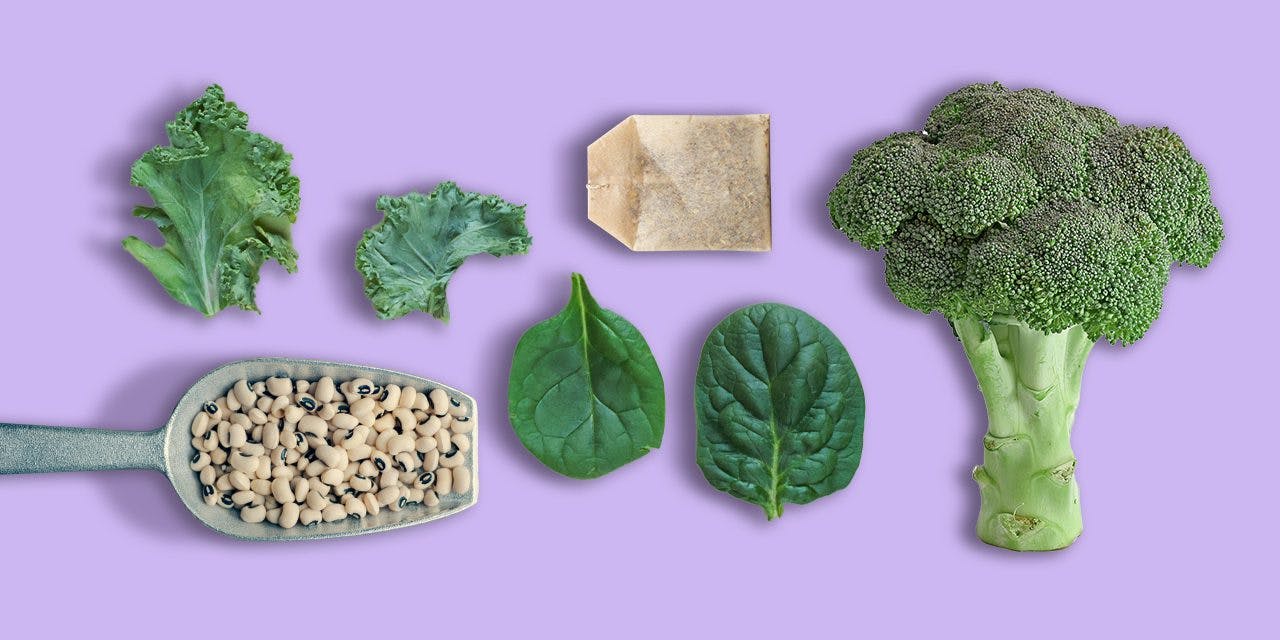What Are Vitexin and Isovitexin? Guide to the Flavonoids

Article written by

Shanti RyleContent Writer
Content reviewed by

Dr. Lewis JasseyMedical Director - Pediatric Medicine
Much like how terpenes play a role in the infinitely complex variety of cannabis’ aromas, flavonoids are an essential group of compounds that enhance and characterize our sensory experience of a particular cultivar.
Vitexin and isovitexin are two such flavonoids found in cannabis, with a range of potential antioxidant, anti-inflammatory, anti-cancer, and neuroprotective properties. They have a bitter, mousy flavor similar to flavorless porridges or other pearl millet foods.
Get your medical marijuana card
Connect with a licensed physician online in minutes.
What Are Vitexin and Isovitexin?
Vitexin is an apigenin flavone glucoside, a type of flavonoid found in many plants in nature. Isovitexin is an isotope of vitexin, with only slight differences in molecular structure.
Vitexin and isovitexin can be found in plants such as millet, oak, fenugreek, linseed, buckwheat, flax, and cannabis. They also occur naturally in passionflower, and the açai palm. Both vitexin and isovitexin share properties, a bitter flavor found in many millets and grains.
Vitexin and isovitexin are active components in many plants used in traditional Chinese medicines to soothe pain and inflammation and support brain function.
How Vitexin and Isovitexin Work in Cannabis
Like terpenes and lesser cannabinoids, flavonoids work synergistically in cannabis to give each strain its unique experience and characteristics. The smell and flavor of each cultivar, from different terpenes and flavonoids, play a significant role in our sensory experience and interact with the body in unique ways.
We lack research on flavonoids in cannabis in particular. Still, scientists believe that the compounds work as a part of the “entourage effect,” with other cannabinoids and terpenes to produce specific experiences. For example, one study discovered that vitexin and isovitexin were more prominent in strains with a higher CBD level, pointing to further potential interaction between the compounds.
While more research is needed to understand how flavonoids modulate the effect of other compounds in the cannabis plant, we can safely assume they play an essential role in the holistic wellness benefits that medical cannabis use provides.
Health Benefits and Uses
Vitexin and isovitexin have been used for thousands of years as a part of medicinal herbs and remedies. More recent research has unearthed many of the chemical mechanics of vitexin and isovitexin’s healing properties, which point to a wide range of pharmacological effects.
Vitexin and isovitexin both show promising value as antioxidants, able to combat oxidative damages in stress-related diseases. A 2020 review analyzing plentiful studies on vitexin found that the flavonoid may help protect against and fight oxidative stress in myocardial and respiratory injury, metabolic dysfunction, cell function, seizures and memory impairment.
The flavonoids feature anti-inflammatory properties, potentially valuable for combating pain and other inflammation-related conditions. A 2013 study found that vitexin reduced inflammatory pain in mice, exhibiting an analgesic effect targeting pain receptors and inhibiting oxidative stress.
Research has implicated vitexin as a potential anti-cancer treatment. Vitexin compound 1 extracted from the vitex negundo plant, used in traditional Chinese medicine, was found to suppress melanoma cell growth through DNA damage, despite the cancer’s resistance to typical cancer treatments.
Vitexin also has attracted increasing attention as a potential treatment of diabetes mellitus. A 2021 review found a collection of evidence supporting potential usefulness in vitexin and isovitexin to attenuate complications arising from diabetes mellitus thanks to its protection from oxidative stress and anti-inflammatory properties.
Get Your Medical Card
Connect with a licensed physician online in minutes.
Frequently Asked Questions
What are vitexin and isovitexin used for?
Both isolated and in food/plant form, Vitexin and isovitexin are used for their antioxidant, anti-inflammatory, anti-cancer, neuroprotective, and anti-aging properties. The flavonoids may also prove helpful in mitigating and preventing symptoms of diabetes mellitus.
What are vitexin and isovitexin found in?
Vitexin and its isotope are found naturally in cannabis, millet, oak, fenugreek, linseed, buckwheat, flax, passionflower and the açai palm.
Are vitexin and isovitexin beneficial for health?
Research has implicated vitexin and isovitexin as potential remedies for a host of medical ailments, making both flavonoids beneficial for achieving health for many types of patients.



